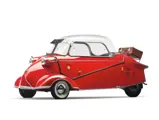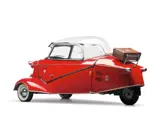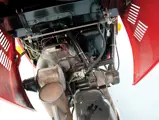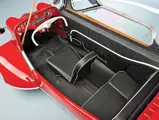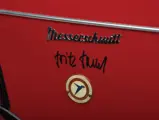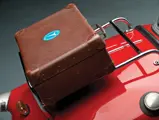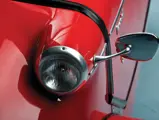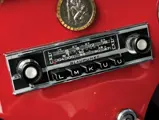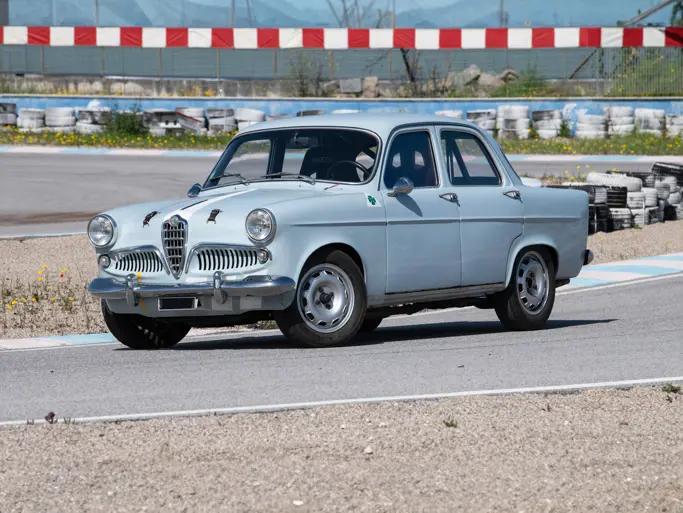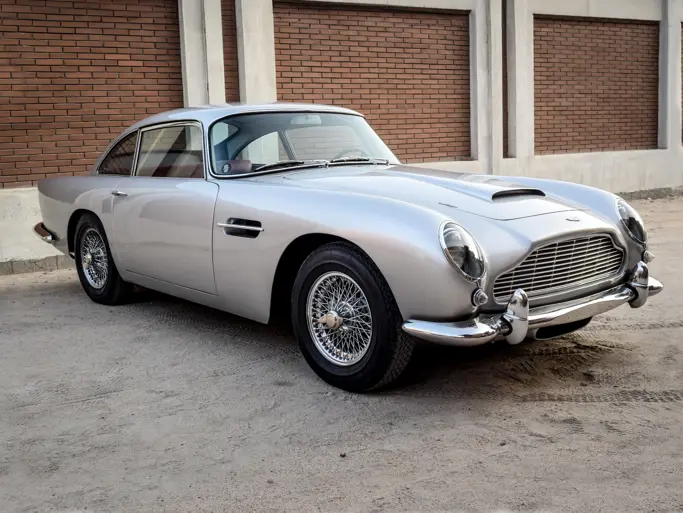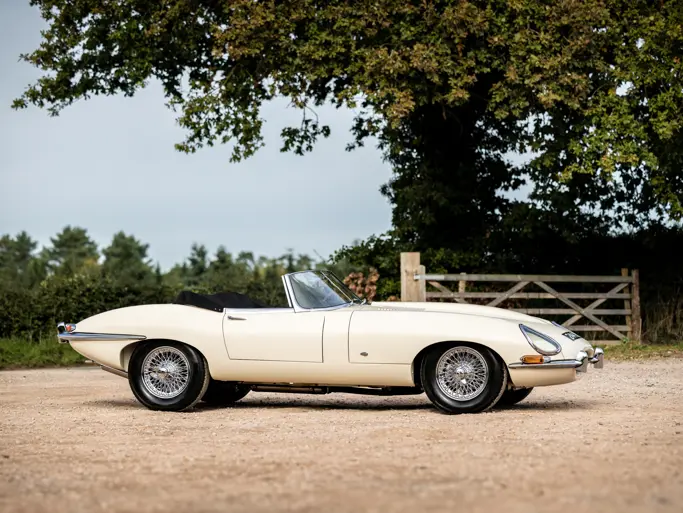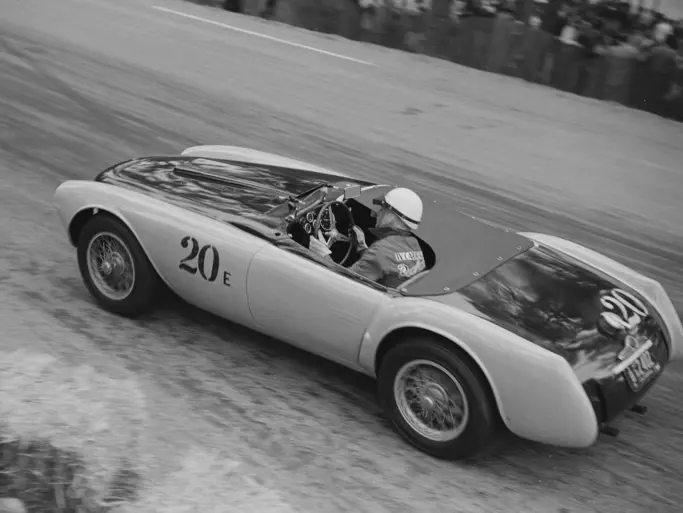The Bruce Weiner Microcar Museum
1956 Messerschmitt KR 200
{{lr.item.text}}
$77,050 USD | Sold
 | Madison, Georgia
| Madison, Georgia
{{internetCurrentBid}}
{{internetTimeLeft}}

A fully equipped, expertly restored example.
SPECIFICATIONS
Manufacturer: Regensburg Stahl und Metallbau
Origin: Regensburg, Germany
Production: 30,286
Motor: Fichtel & Sachs 2-stroke
Displacement: 191 cc
Power: 9.7 hp
Length: 9 ft. 3 in.
Identification No. 57533
For many years following World War II, Messerschmitt AG, the German aircraft manufacturer, was prohibited from building airplanes. The company turned to other pursuits, one of which was the production of kits for building prefabricated houses using precast concrete slabs. This modular construction technique was adopted from the aircraft industry, where parts were manufactured in various facilities and assembled at a centralized location. In 1952, they were approached by aircraft engineer Fritz Fend, who had designed a three-wheel invalid carriage. Fend built about 250 of these Fend Flitzers through 1951, many of which were purchased by able-bodied people as simply minicar transport.
Fritz Fend's deal with Messerschmitt called for assembly at Messerschmitt’s factory in Regensburg, Germany, with the vehicles carrying the Messerschmitt name. The first model was the KR 175, the KR signifying Kabinenroller, or “enclosed scooter,” and 175 for the metric displacement of its two-stroke engine. It featured tandem seating and an acrylic bubble canopy that tilted sideward for entry and exit.
In 1955, an improved model, the KR 200, was introduced. This had a 10 horsepower, Fichtel & Sachs, 191-cubic centimeter two-stroke engine, an improved canopy, and a revised suspension. To reverse, the engine was merely re-started in the other direction, which provided four speeds backward as well as forward. That year, a modified KR 200 was run for 24 hours at the Hockenheimring race track, setting 22 international records for three-wheel vehicles. More than 60,000 were built through 1964, by which time the fortunes of Europeans had improved to the point that minicars of this type were no longer popular. Messerschmitt had returned to the aircraft business in 1956 and lost interest in the Kabinenrollers, so later, assembly was carried out by Fend’s own company Fahrzeug und Maschinenbau Regensburg.
This 1956 KR 200 Kabinenroller has been expertly restored. Painted red, it has a black interior with white piping and cockpit décor. The cabin floor has a molded black rubber mat. The driver’s seat is centrally located behind an aircraft-type steering wheel, and two passengers may sit abreast at the rear. In addition to a clock, luggage rack, visor, and metric speedometer, the car contains a Blaupunkt four-band radio and a St. Christopher medal. In fact, this car even features the signature Fritz Fend himself, clearly visible on the left-hand side.

